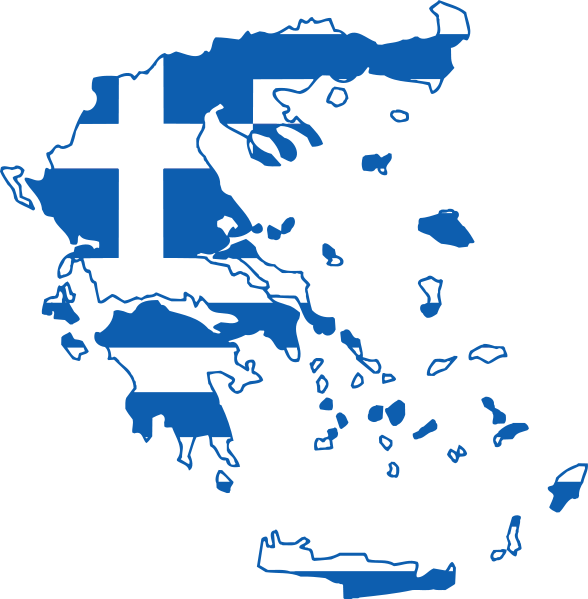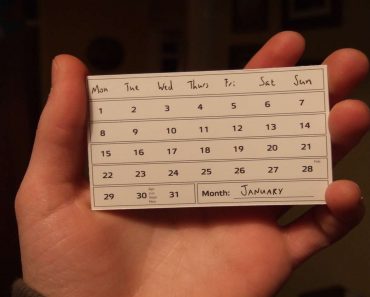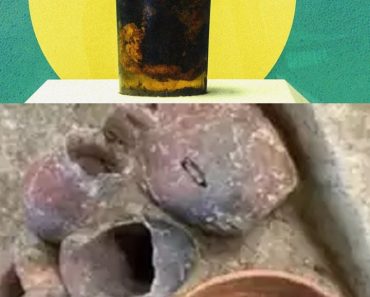Archaeologists have found a literal pot of gold at an “extraordinary” historical site near the popular seaside resort of Izmir in modern-day Turkey.
A hoard of Persian gold coins – believed to be more than 2,500 years old – was unearthed by a team from the University of Michigan working at Notion, an ancient Greek city-state on the west coast of Anatolia.
The coins were found in a small ceramic pot, buried in what was once a large courtyard house in the ancient city.
Most of the coins are darics issued by the Persian Empire. They were believed to have been minted in the 5th century BC at Sardis, the capital of the Persian satrapy of Lydia.
The coins are emblazoned with a kneeling archer, a typical characteristic design of the Persian daric. Archaeologists say they were likely intended to be used as payment for mercenary troops.
By analysing the coins’ stylistic differences, experts have created a chronological sequence. This has enabled archaeologists to more accurately date other artefacts found with the hoard, reports the Greek Reporter.
Christopher Ratté from the Kelsey Museum of Archaeology and director of the Notion Archaeological Project, said: “The discovery of such a valuable find in a controlled archaeological excavation is very rare.
“This hoard will provide a firm date that can serve as an anchor to help fix the chronology.”
The ancient city of Notion is located about 30 miles south of Izmir. It occupies a strategic position on the headland and serves as a port for the ancient cities of Colophon and Claros.
The site features the remains of defence walls, a necropolis, a temple, an agora and a theatre. It is described as a well-preserved and almost completely unexplored ancient city and is considered an “extraordinary” archaeological resource.
The University of Michigan and Brown University started an archaeological survey project at Notion in 2014. It had not previously been extensively studied due to its lack of a Classical temple or other signature monument.
Their work includes mapping and documenting the visible remains. Remote sensing, collecting, and studying surface finds are also taking place.
A long-term conservation and management plan is also being formulated. The site is close to the famous ruins of Ephesus and several other major archaeological sites, including Klaros, Kolophon, and Metropolis.







